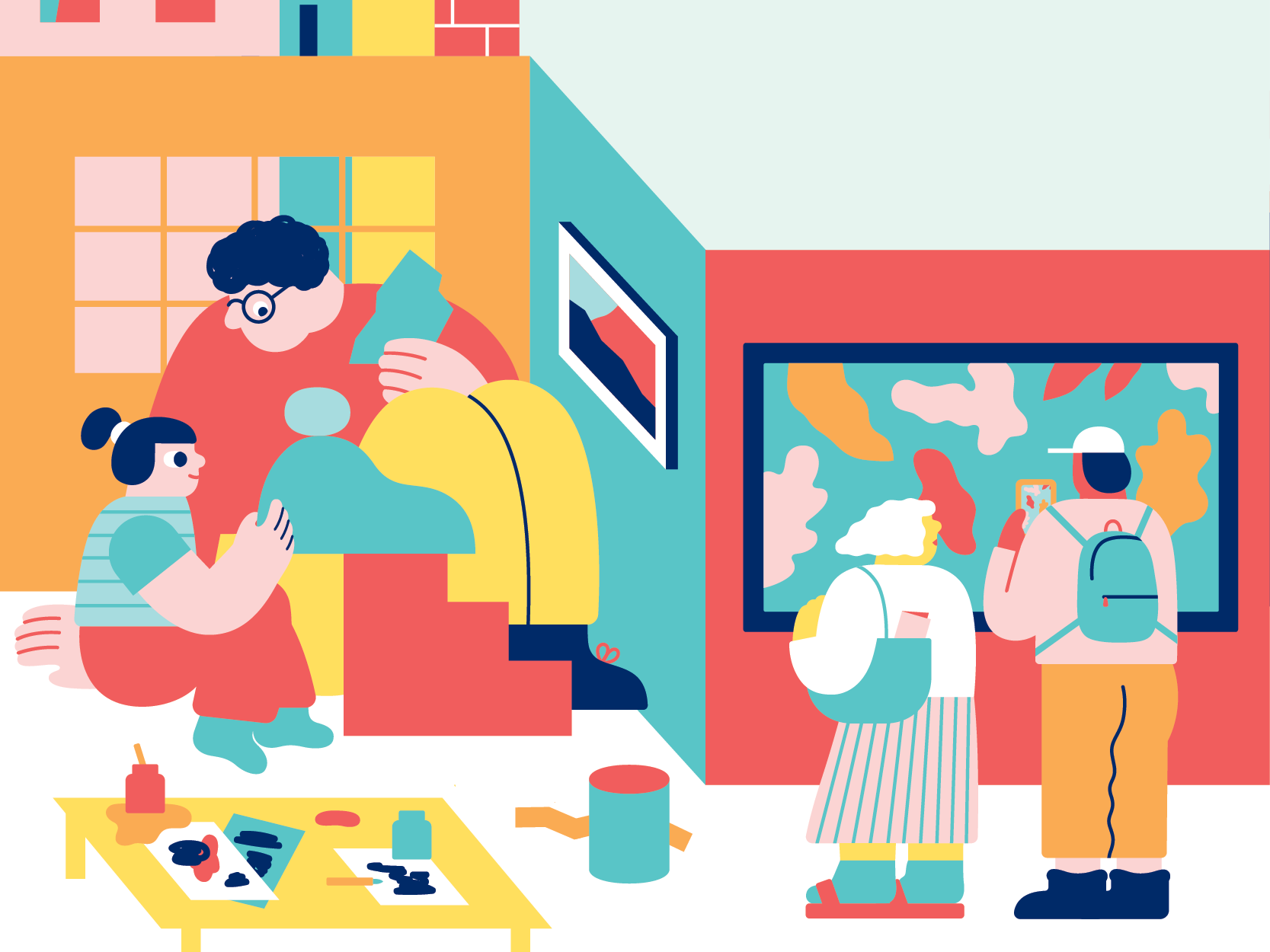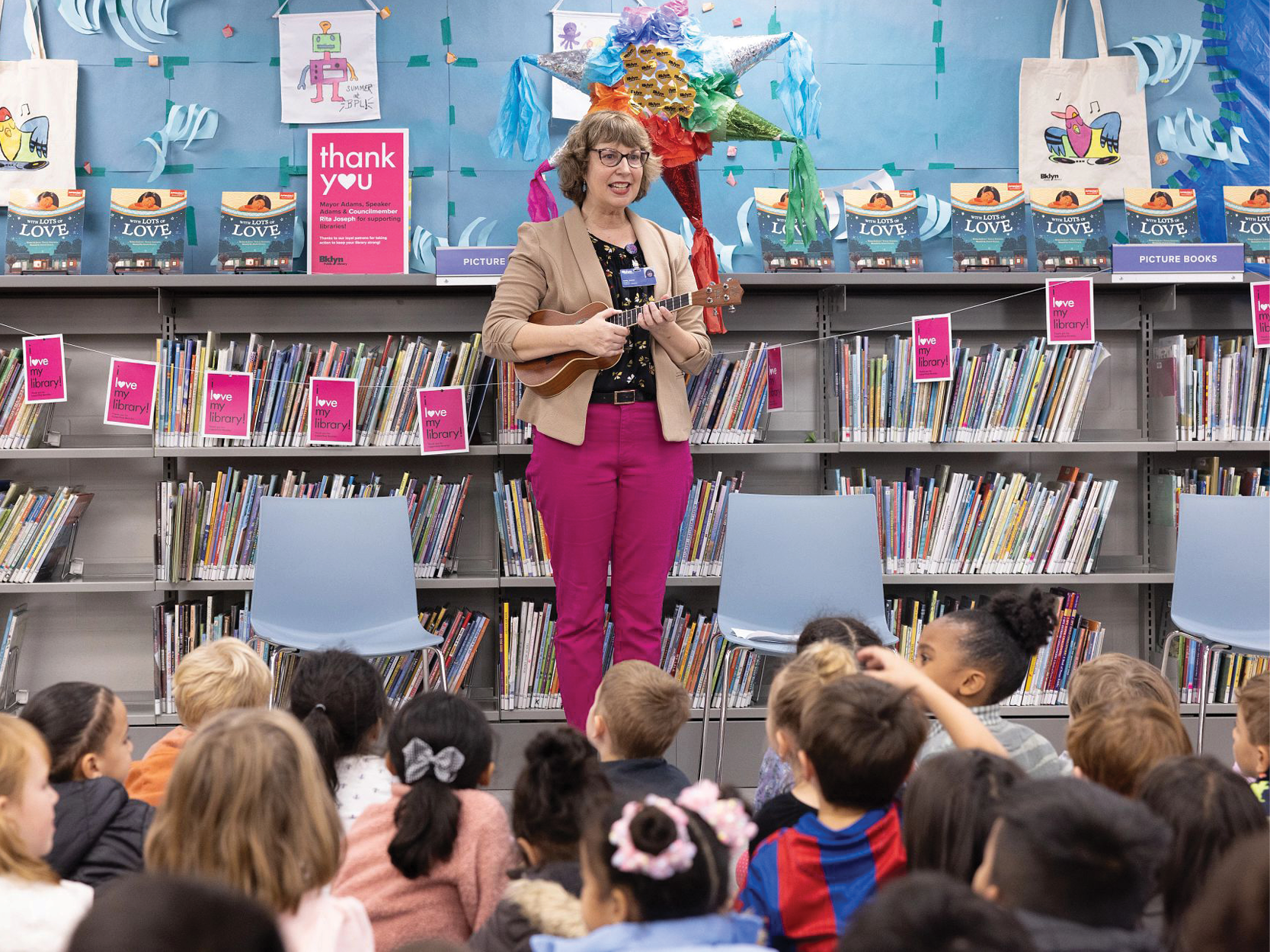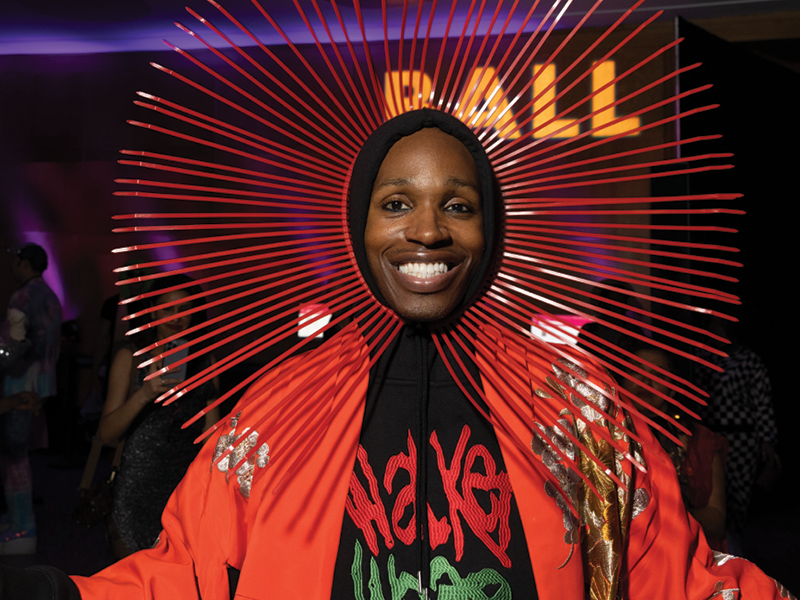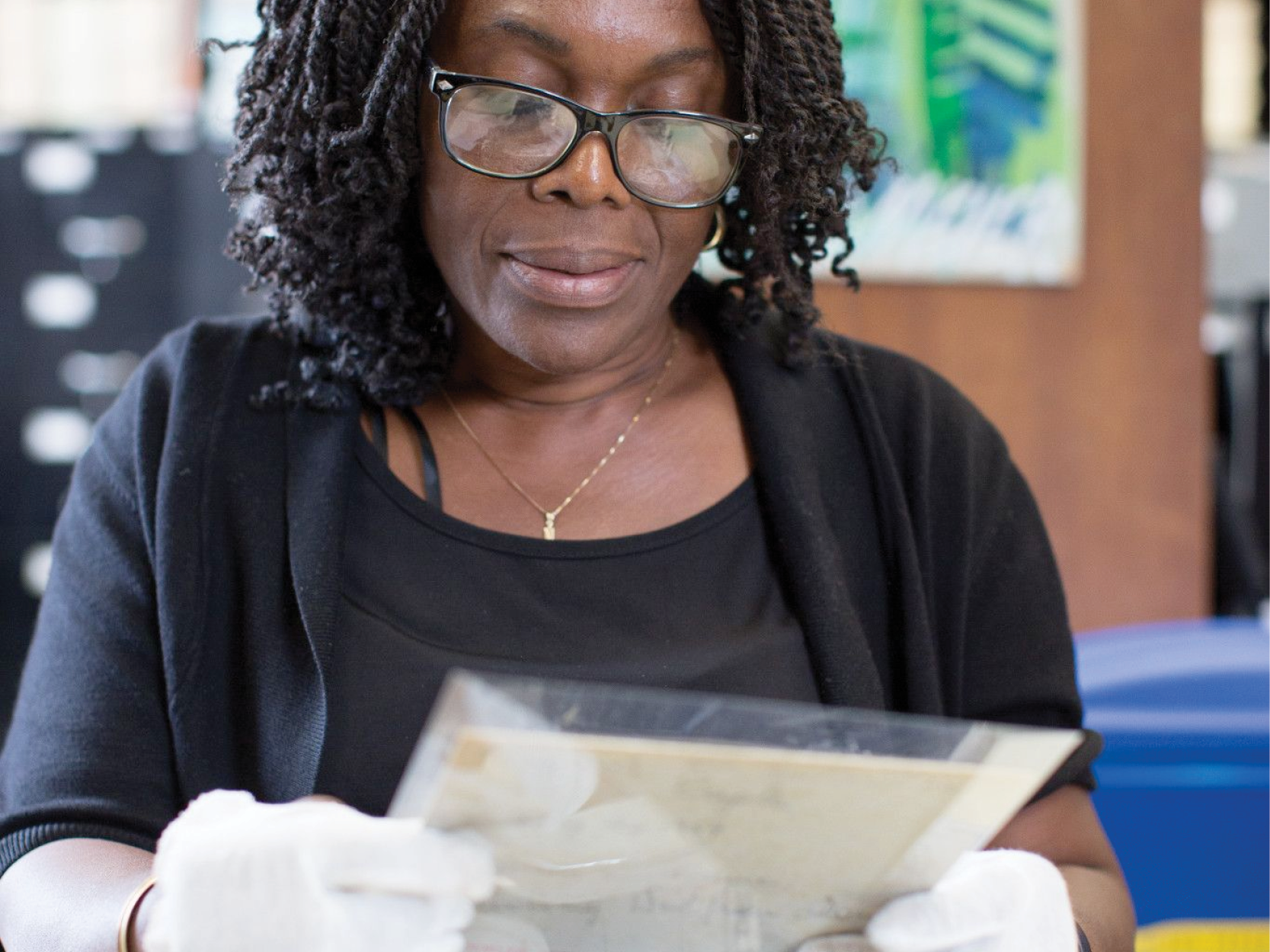Brooklyn Connections is the education outreach program in the Brooklyn Collection, focused on cultivating 21st Century learning skills in students and supporting teachers on the incorporation of archives materials into curricula. This blog post is part of a series from the Brooklyn Connections team, sharing skills and ideas for using archives primary source material in the classroom. As part of our work, we create Primary Source Packets to help students and teachers access primary source material from the Brooklyn Collection about local history topics. Each Packet contains one secondary source which provides a general introduction to the topic, followed by at least ten primary sources accompanied by document based questions.
We're excited to host a teacher professional development workshop on Community Organizing in Brooklyn next month, and in advance of that, we've been reviewing the terrific primary sources in our collection that can help us learn about this topic. You can take a look at these -- and more -- in our Community Organizing Primary Source Packet.
What is community organizing? If we look at a few primary sources, we start to get a general idea of what we're talking about.
.jpg)
.jpg)

From these primary sources, we can see that community organizing involves people coming together to change something in their neighborhood or city that they don't agree with: a lack of public safety; a need for better local sanitation; a desire to increase citizen participation in governmental processes. And, looking at a few more primary sources shows us the diverse ways people do this, known as tactics:

.jpg)
From these primary sources, we can see two examples of how Brooklynites strive for change: from the direct action of a rent strike, to canvassing in support of ending the Vietnam War.
What can we learn about the real nuts and bolts of "organizing" in community organizing? Straight from our Brownsville ephemera file, this pamphlet contains a terrific illustration:
.jpg)
This 1970s brochure from Brownsville Community Council illustrates the various parts of the organization that carry out different tasks in order to implement neighborhood programs, from managing admin tasks, to running head start at four locations, organizing in-service training, and more.
From these primary sources, we can also see a tiny sample of the issues that have concerned Brooklynites in the past: housing, war, public safety, sanitation, democratic involvement, and more. These provide a terrific jumping off point for talking with students about the ways others have sought change throughout history, the issues they care about in their neighborhood, and how they can tangibly work towards doing something about it.
Interested in learning more? Check out our Community Organizing Primary Source Packet, or join us for our teacher workshop next month!
This blog post reflects the opinions of the author and does not necessarily represent the views of Brooklyn Public Library.
Post a Comment
While BPL encourages an open forum, posts and comments are moderated by library staff. BPL reserves the right, within its sole discretion, not to post and to remove submissions or comments that are unlawful or violate this policy. While comments will not be edited by BPL personnel, a comment may be deleted if it violates our comment policy.
eNews Signup
Get the latest updates from BPL and be the first to know about new programs, author talks, exciting events and opportunities to support your local library.







